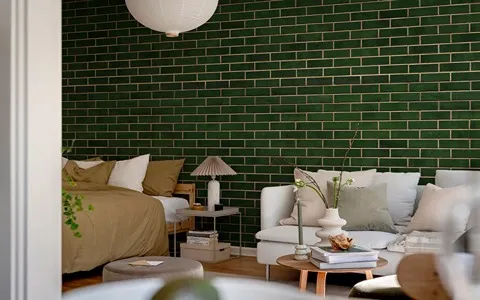It is technically rational that our properties be protected in any means to avoid or reduce risks of damages.
In this case we are obliged to apply methods in handling some fragile items.
Tiles are one of the items that should be handled with care especially during exporting and transportation.
Although they are not as fragile as glass made items, however they are prone to get broken if smacked by another hard object.
But if the standard packaging method is used, we don’t have to worry about the damages anymore.

SHIPPING TILES BEST
Gorgeous look of tiles may stop looking that way if they crack or fracture, with the money we spend on these wonderful artefacts, we may undergo heartbroken.
We anticipate things we value to be long lasting.
But what causes tiles to fracture or crack? This question, is the reason why you should read this and get solutions.
In order to combat any challenge, we first need to identify the major cause, and then find out proper ways of controlling.
Depending on whether you are buying for new home or as a distributor, let's learn together these techniques so that we downsize unnecessary risks.
In order for a tile to produce optimal performance, it's emphatically advised to handle them with care staring from the factory where the initial packaging is done.

Causes of Tiles’ Fracture and Crack in the Shipping Process
It is costly to replace tiles due to its value, therefore we are obliged to take critical measures to avoid unnecessary expenses.
Tiles actually get fractured simply due to other weighty objects, hit on edges or surfaces of a tile.
The best way to avoid this is to support top and bottom surfaces evenly.
We use splint with as same size as the tile (MDF board or plywood) works well but also any ridged materials will enable to obstruct bending and or stretching and though, lead to cracking of a tile.
Wrapping tiles very tightly with bubble wrap with the use of packaging tape, will function perfectly in aiding bubble wrap tight.

SHIPPING TILES Powerful collision
granting that porcelain and ceramic tiles both are incredibly concrete, however if subject to powerful collision such as a heavy item crash on them, you may find that they crack.
Place in a box surrounded by 2 inches of shock or more, by the way; absorbent materials provide a better result in this particular process.
Keep checking the most convenient way as per the advancement of modern technology, and apply them.
If placed incorrectly, tiles form a flexible movement in the isolation areas and create considerable fracture that ultimately cause breakage.
In addition, even though tiles are designed to support heavy loads, yet not all tiles can bear heavy weight.
Better to spare a different space for other equipment in the packaging process as the shipping may involve a long voyage.

Cracking of Tiles during Installation Process and Their Preventive Measures
As we all know that tiles are reusable, recyclable and long-lasting material, fractured tile can arise for a variety of reasons.
Inappropriate subfloor groundwork; a proper foundation is what's all about in installing tiles.
Without proper subfloor arrangement, tiles placed in it are at severe risk of getting broken or fractured.
To prevent this from happening, make sure no part of the ground is left uneven and clear all large debris that might still be covering the ground surface where a tile is laid.
Solidified settlement; concrete is permeable, it may absorb water and expand thus causing contractions in response to temperature changes.
Compactness of a tile and lack of flexibility, cause it to crack.
For marble, ceramic and porcelain tiles, this problem is less expected, unless otherwise.

0
0